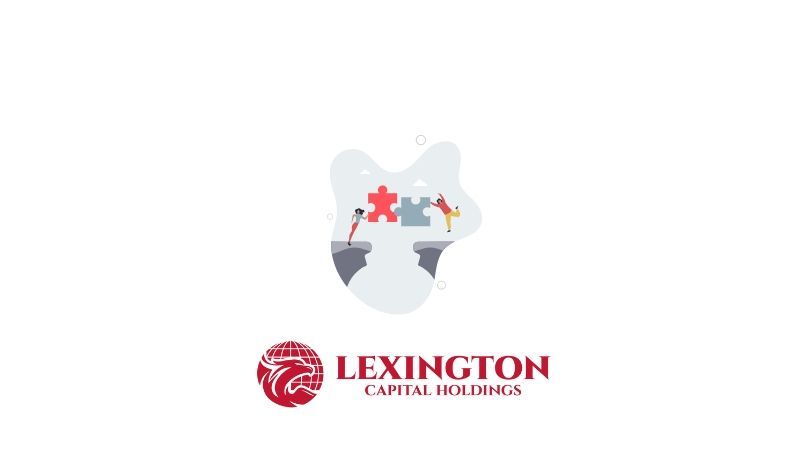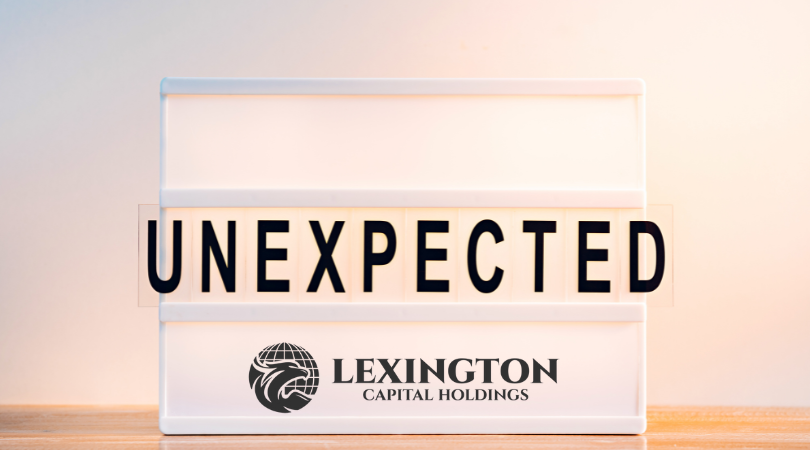A Deep Dive into Becoming an Affiliate with Lexington Capital Holdings
A Deep Dive into Becoming an Affiliate with Lexington Capital Holdings
In today's financial landscape, where traditional and alternative financing pathways often seem like distant cousins, Lexington Capital Holdings emerges as a pivotal bridge. It stands out not just for its ability to connect business owners with the financial support they need but also for the breadth and depth of its offerings. This deep dive into becoming an affiliate with Lexington Capital sheds light on the nuances of their program and the unique opportunities it presents.
A Diverse Catalog of Programs
Lexington Capital Holdings boasts an incredibly diverse catalog of programs designed to assist business owners in securing the financing they are searching for. This diversity is crucial in today's market, where the needs and challenges of businesses vary significantly across industries and stages of growth. By offering a wide range of financing options, Lexington Capital ensures that more business owners can find the right type of support that aligns with their specific needs.
Bridging the Gap
One of the standout features of Lexington Capital Holdings is its commitment to being the bridge between alternative and traditional financing. This approach grants business owners access to financing options they may have never been offered before, opening up new avenues for growth and development. In a financial ecosystem where traditional lenders may not cater to all, Lexington Capital fills a crucial gap, ensuring that businesses can access the capital they need to thrive.
The Affiliate Program
For those looking to become affiliates with Lexington Capital Holdings, there's a lot to be excited about. The program is structured to offer unique benefits that stand out in the financial services industry.
Top-Tier Customer Service
First and foremost, affiliates can expect top-tier customer service. This means not only will your referrals be in good hands, but you as an affiliate will receive the support and guidance needed to make the most out of the partnership.
Access to the Best Financial Platform
Affiliates gain access to the best financial platform in the industry. This platform is designed to streamline the process of connecting business owners with financing options, making it easier for affiliates to manage their referrals and track their success.
Aggressive Partner Commission Payouts
Perhaps one of the most enticing aspects of the affiliate program is the aggressive partner commission payouts. Lexington Capital values its affiliates and demonstrates this through competitive compensation for referrals that lead to successful financing.
Unique Traditional Financing Options
Lastly, the program offers unique traditional financing options that are not commonly found with other lenders. This not only benefits the business owners who can access these options but also provides affiliates with a unique selling point when promoting the program.
Conclusion
Becoming an affiliate with Lexington Capital Holdings presents a unique opportunity to be part of a transformative approach to financing. With its diverse catalog of programs, commitment to bridging the gap between alternative and traditional financing, and outstanding benefits for affiliates, Lexington Capital is reshaping the landscape of business financing. For those looking to make a difference in the world of business financing while also reaping significant rewards, the affiliate program at Lexington Capital Holdings is worth exploring.

When you apply for business funding, your application goes through a critical stage—underwriting. This is where lenders evaluate risk and determine whether your business qualifies for financing, and under what terms. Understanding what underwriters look for can help you strengthen your application, avoid delays, and increase your approval odds.

Not every business enjoys a steady stream of income. For many companies—especially those in seasonal industries, contracting, or project-based work—revenue can shift dramatically from month to month. These ups and downs are normal, but they can make managing cash flow, payroll, and operating expenses challenging. At Lexington Capital Holdings, we understand that fluctuating revenue doesn’t mean instability—it just means you need the right financial tools to stay balanced and grow confidently.

The Challenge of Hyper-Growth For many startups, growth isn’t the problem—it’s managing it. Rapid scaling demands capital for hiring, marketing, technology, and operations. But too often, founders find themselves cash-strapped right when they need resources the most. Choosing the right financing strategy can be the difference between sustainable growth and burning out too soon.

When it comes to business financing, the terms you secure are just as important as the funding itself. Lower interest rates, flexible repayment schedules, and higher approval amounts can mean the difference between simply surviving and setting your business up to thrive. The good news? Business owners often have more negotiating power than they realize. At Lexington Capital Holdings, we’ve seen firsthand how preparation and strategy can help secure stronger terms. Here’s how you can do the same:

For many businesses, waiting on customer payments can feel like standing still when you’re ready to move forward. Delayed invoices, extended payment terms, or slow collections create cash flow gaps that make it harder to cover expenses, pay employees, or seize new opportunities. The truth is—even successful, profitable companies face this challenge. The key isn’t avoiding it, but managing it strategically with the right funding solutions

Securing business funding is a milestone—but the real impact comes from how you put that capital to work. Every dollar borrowed should fuel momentum, strengthen operations, and generate measurable returns. Unfortunately, too many businesses stop at “getting approved” and miss the chance to maximize their return on investment (ROI). At Lexington Capital Holdings, we believe funding isn’t just about access to capital—it’s about creating opportunity. Here’s how to ensure your financing delivers the highest ROI:

In today’s fast-paced business environment, standing out from the competition requires more than just great products and services—it takes strategy, timing, and smart financial decisions. One of the most overlooked tools in building and maintaining a competitive advantage is business financing. When leveraged correctly, financing doesn’t just help you “get by”; it can actually position your business to outpace competitors and capture new opportunities.

In business, surprises aren’t a matter of if—they’re a matter of when. Whether it’s a sudden equipment breakdown, an unexpected dip in sales, or a market shift that requires quick adaptation, unforeseen expenses can test even the most successful companies. The difference between thriving and struggling often comes down to how well you’ve prepared.

When most business owners hear the word debt, it sparks feelings of stress or risk. But here’s the truth—debt isn’t always a bad thing. In fact, when managed strategically, debt can become one of the most powerful tools to grow, stabilize, and scale your business. At Lexington Capital Holdings, we work with business owners every day who are navigating this very question: Is taking on debt the right move for me? Let’s break down the difference between “good” and “bad” debt so you can make informed financial decisions.

In today’s business world, financing options are everywhere—but choosing the right path can feel overwhelming. From traditional bank loans to alternative lending solutions, the fine print and fast-changing requirements often leave business owners spending more time deciphering funding terms than actually running their businesses. That’s where the value of a dedicated funding advisor truly shines. At Lexington Capital Holdings, we’ve seen firsthand how personalized guidance can transform the funding experience for business owners of all sizes.

